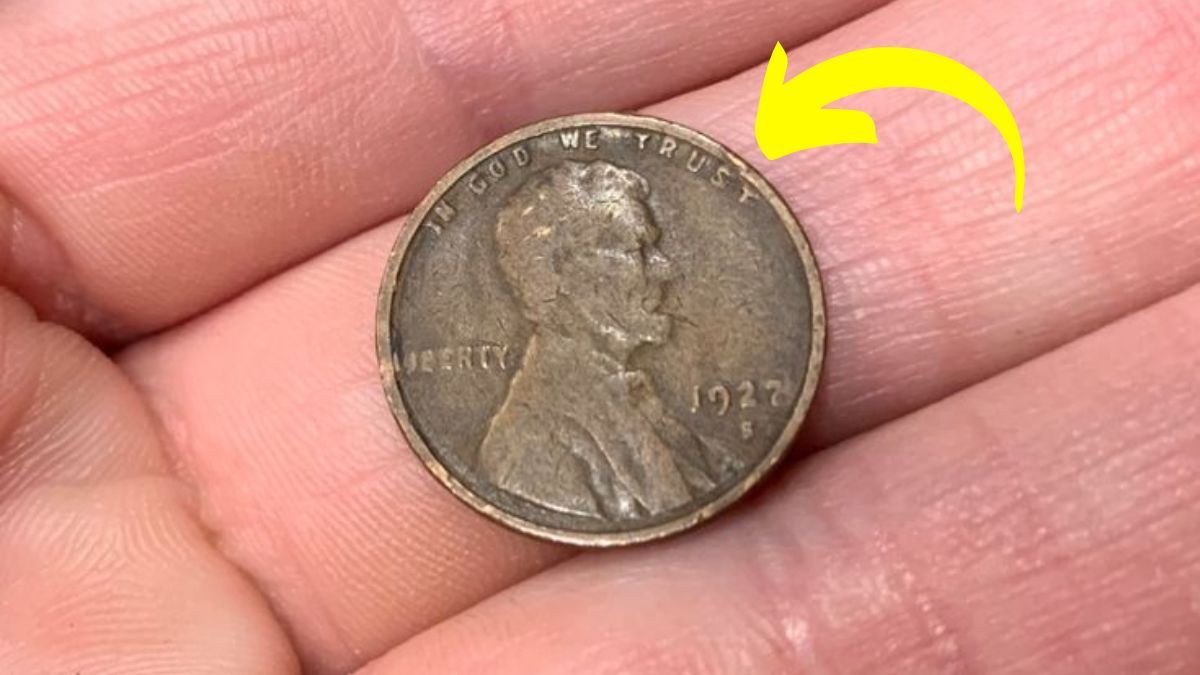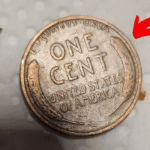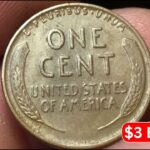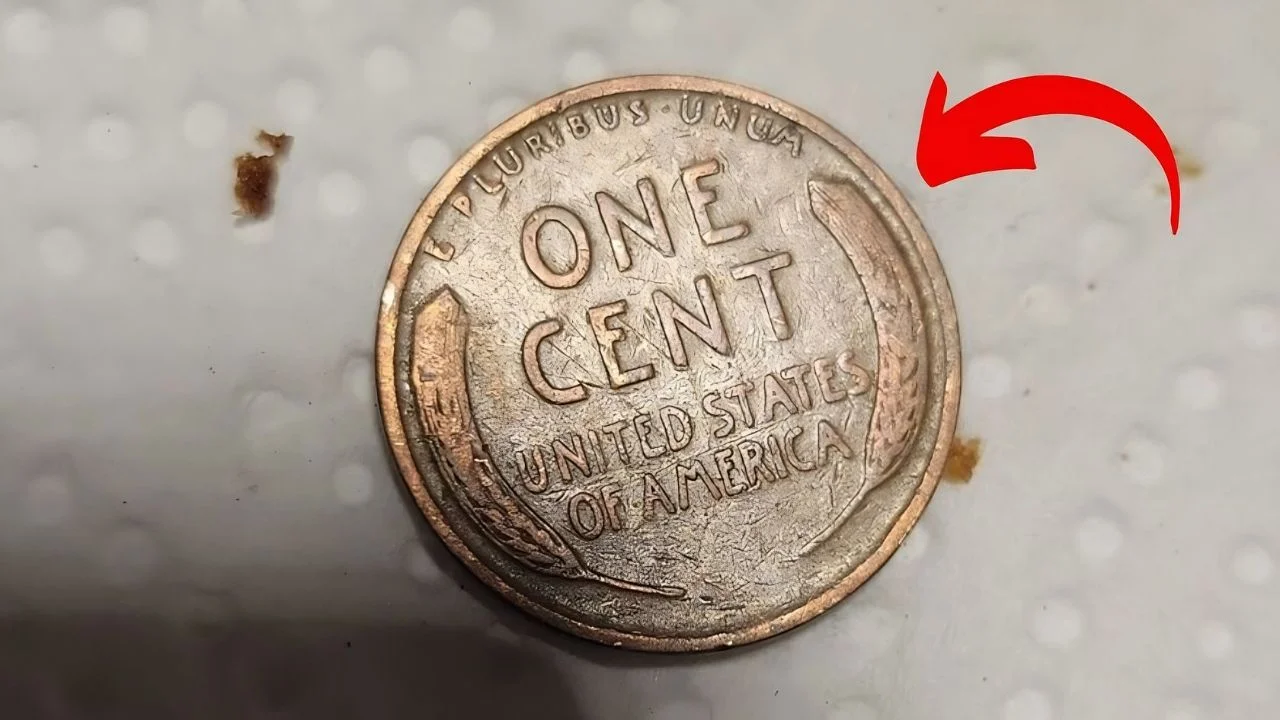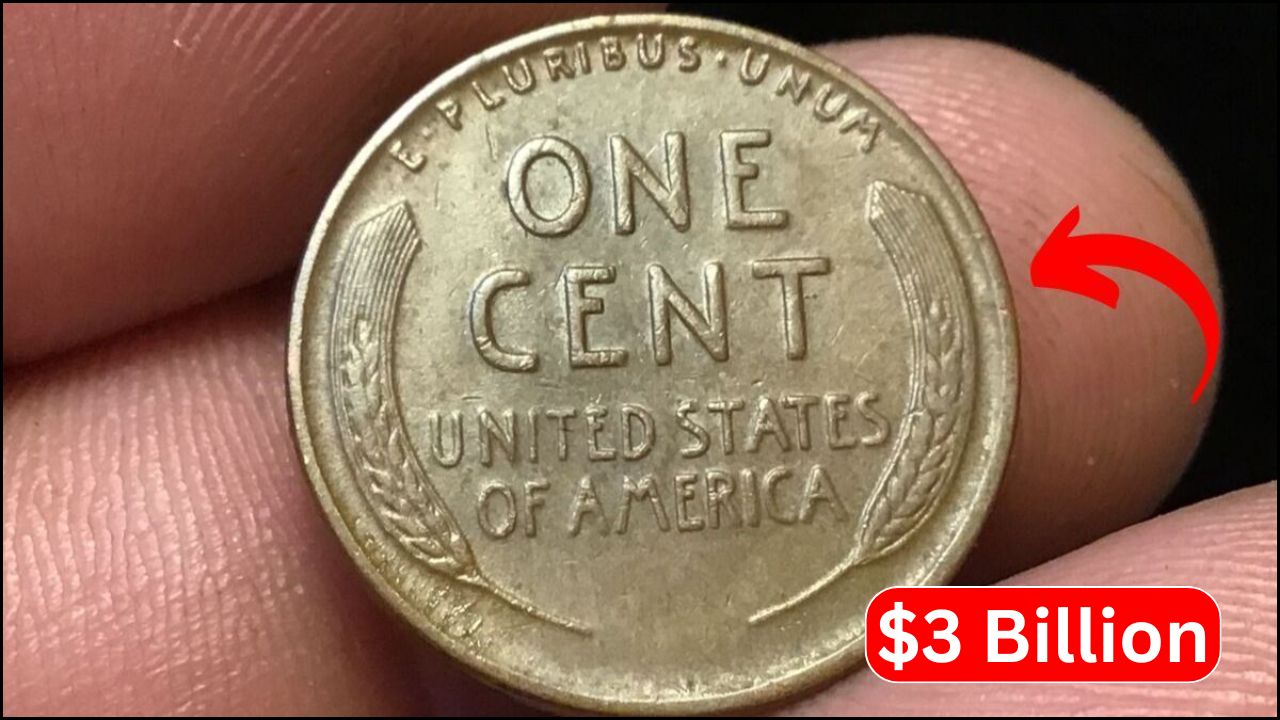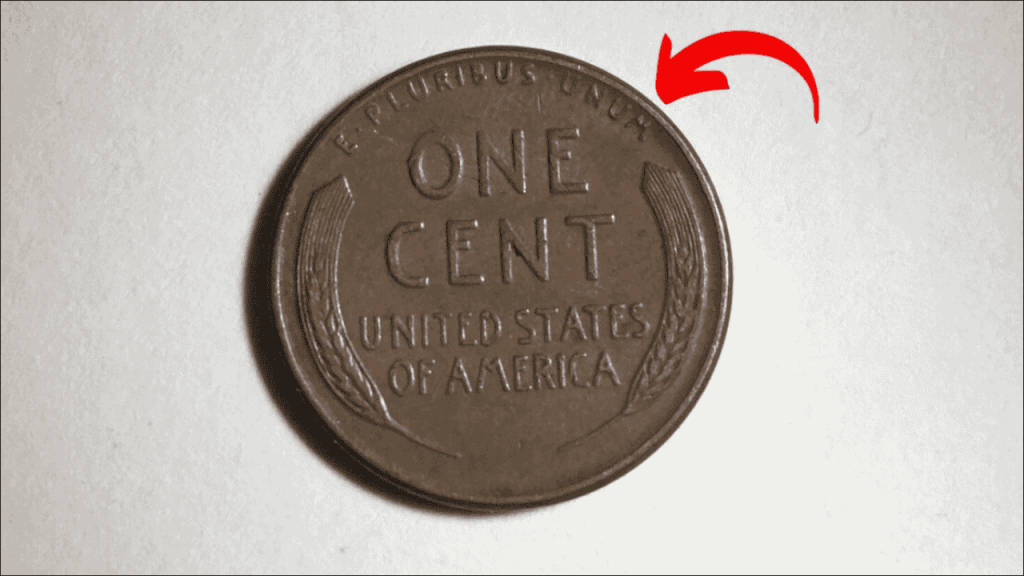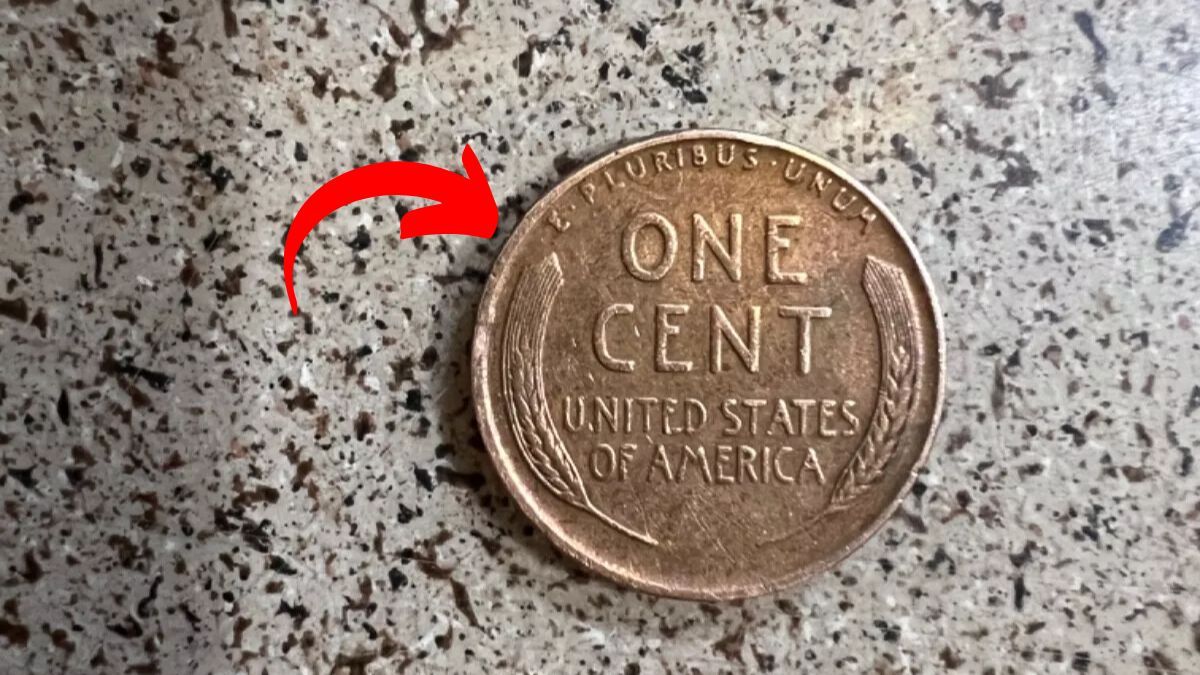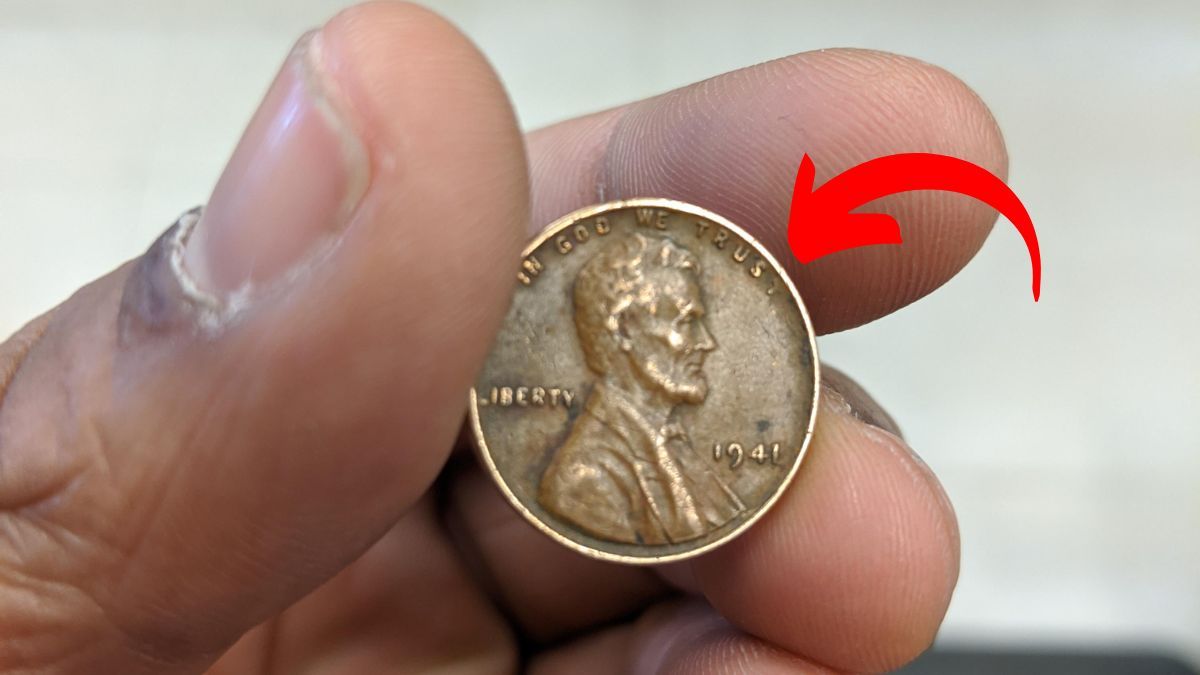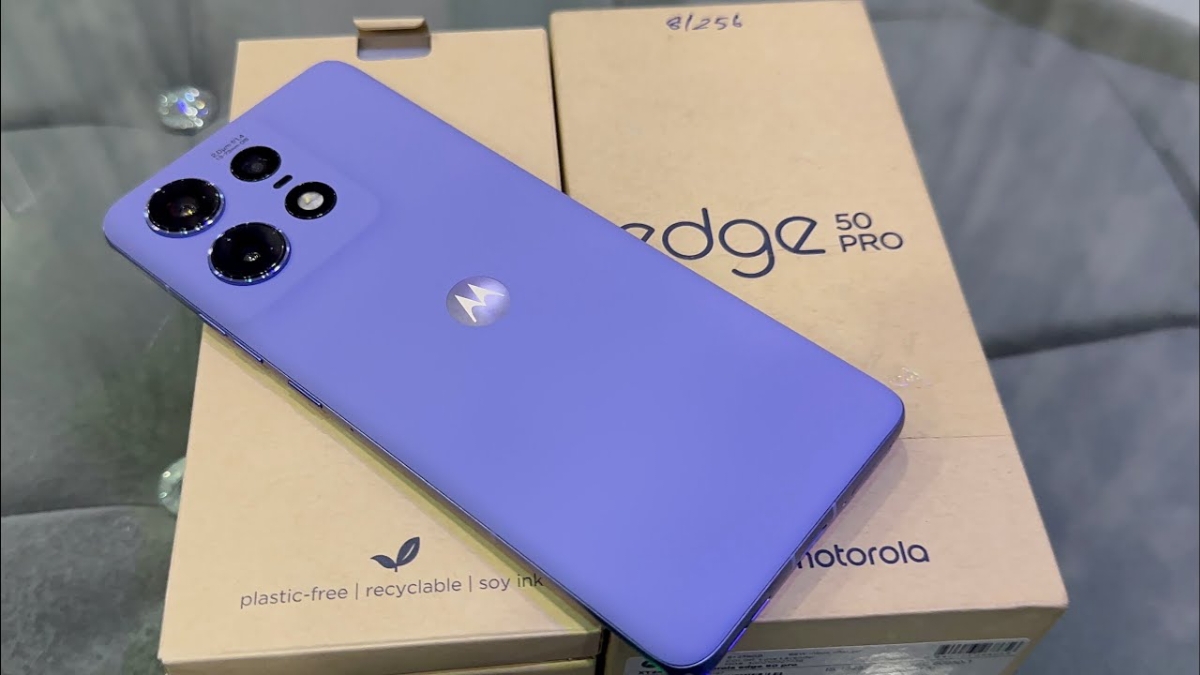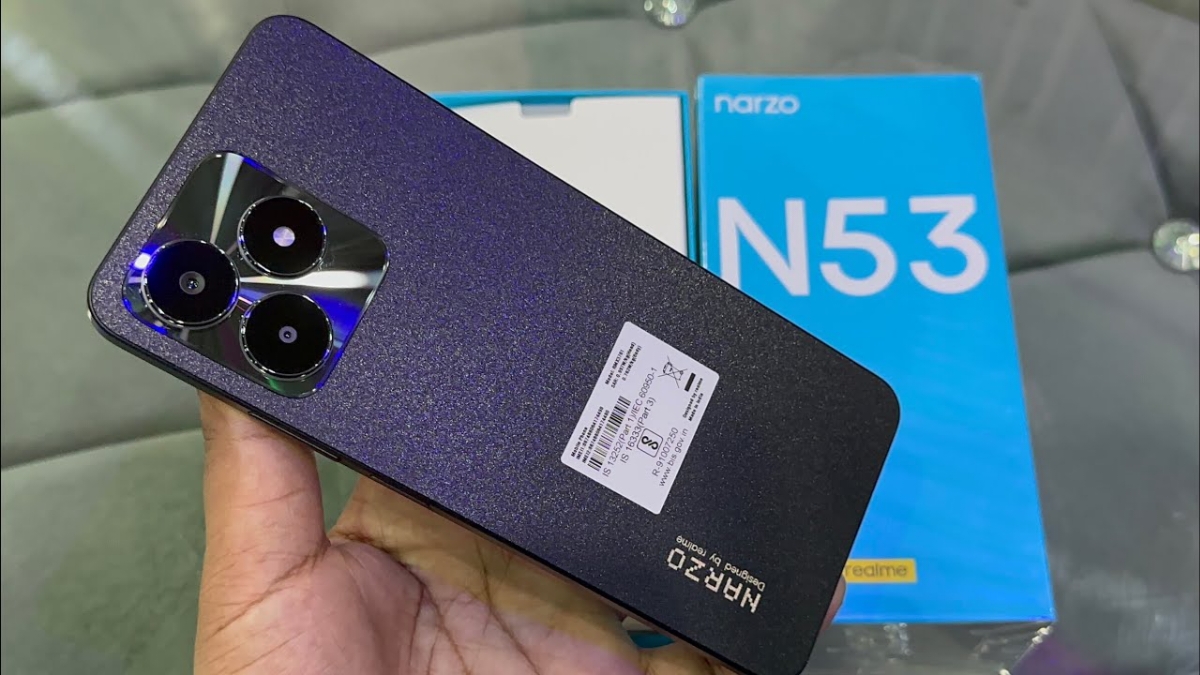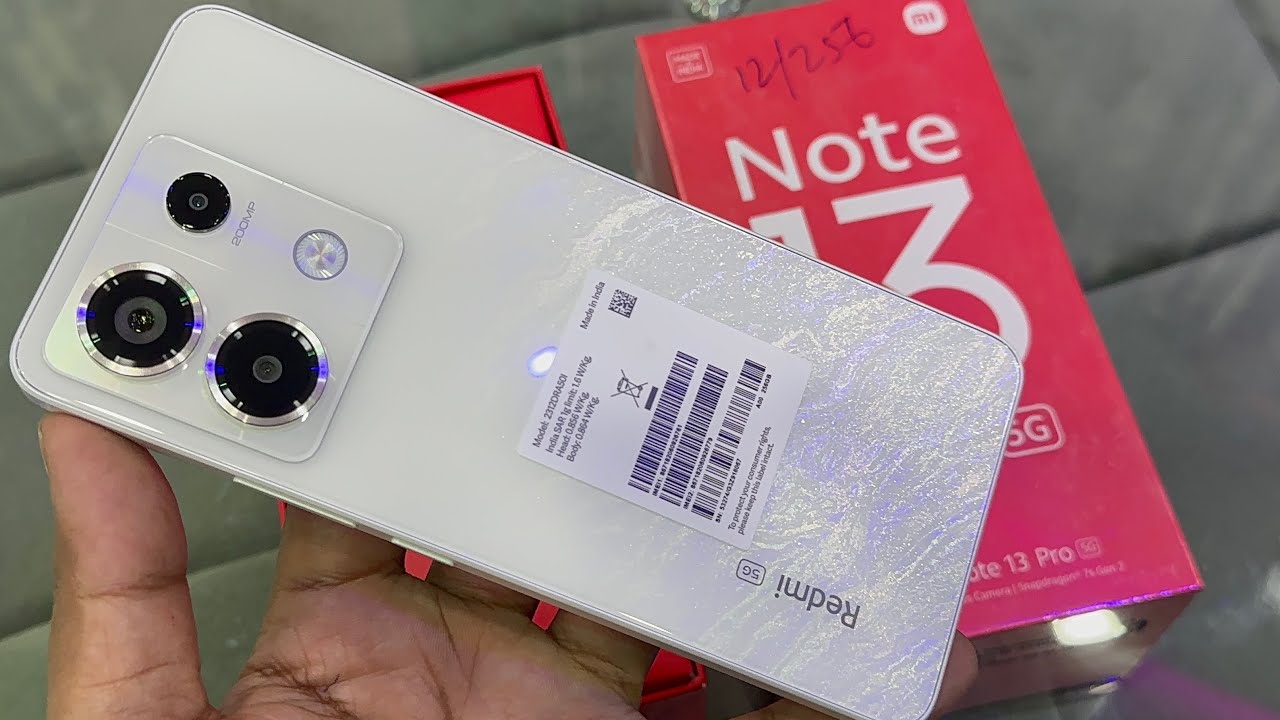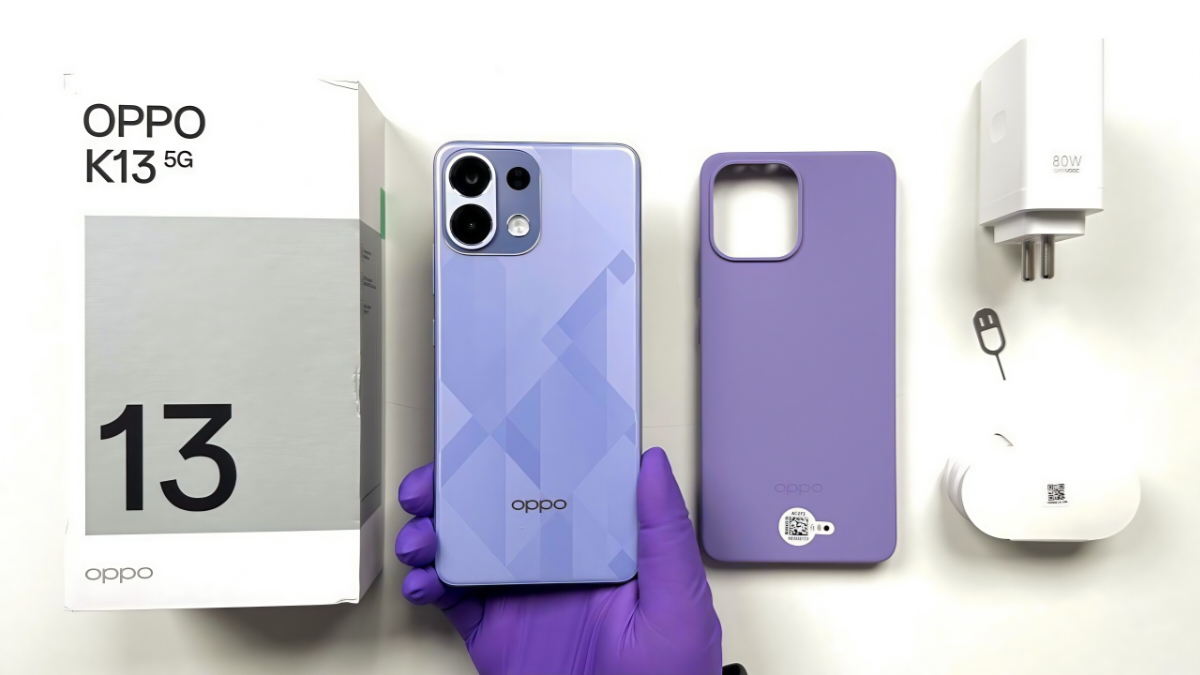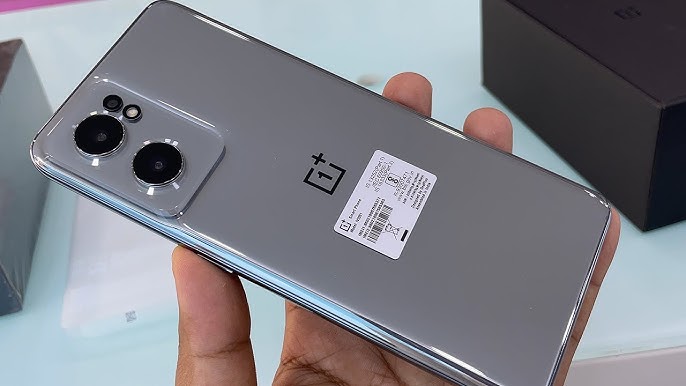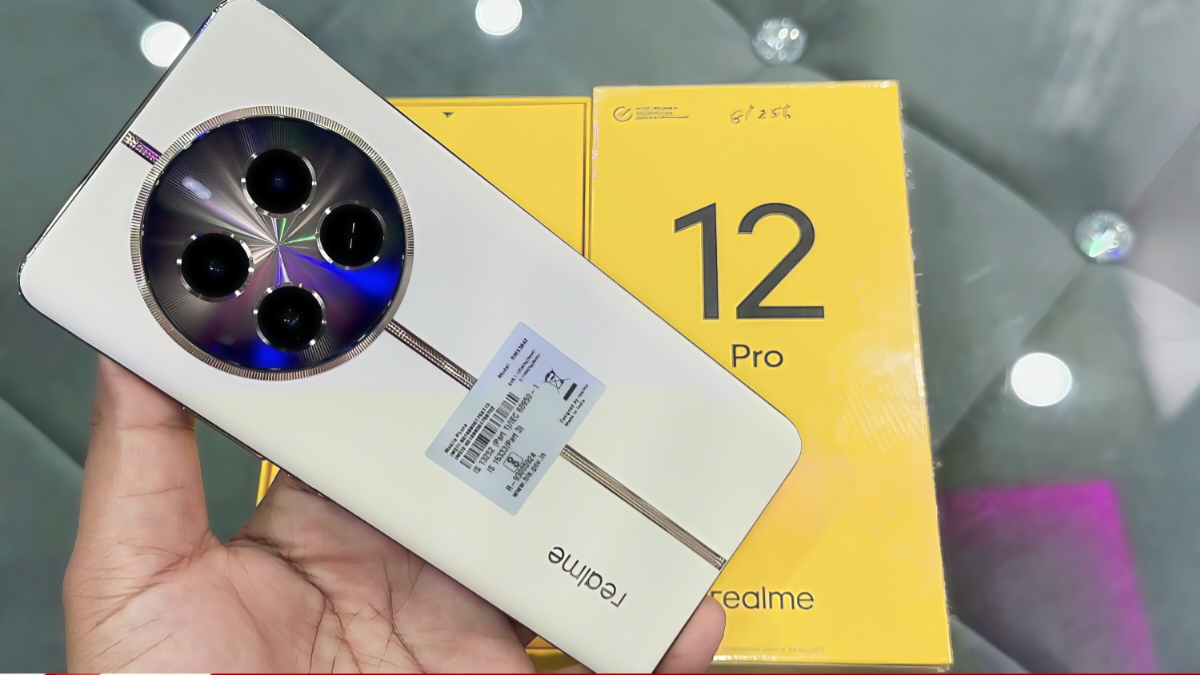The Lincoln Wheat Penny Valued At $550K: The world of coin collecting holds many surprises, but perhaps none as exciting as the Lincoln Wheat Penny that could be worth an astounding $550,000. This remarkable possibility has many people carefully examining the pennies in their pockets and collections, hoping to discover a small copper disc that could change their lives. The story behind these valuable coins combines history, manufacturing errors, and the enduring appeal of numismatics.
The Birth of an American Icon
The Lincoln Wheat Penny made its debut in 1909 to commemorate the 100th anniversary of Abraham Lincoln’s birth. Designed by Victor D. Brenner, the coin features Lincoln’s profile on the front and two wheat stalks on the reverse side, symbolizing America’s agricultural abundance. This classic design remained in circulation for nearly five decades until 1958, when it was replaced by the Lincoln Memorial design that many Americans grew up with.
The Wartime Error That Created a Treasure
The most valuable Lincoln Wheat Penny emerged from an unusual circumstance during World War II. In 1943, the U.S. Mint switched from copper to steel for penny production to conserve essential metals for the war effort. However, a few bronze planchets (coin blanks) from 1942 accidentally remained in the production equipment. When these copper blanks were struck with the 1943 dies, they created what would become one of the most sought-after error coins in American numismatics.
These 1943 bronze pennies are extremely rare, with only about 20 known to exist. This scarcity, combined with their historical significance, explains why they can command prices upward of $550,000 in excellent condition.
How to Identify a Valuable Specimen
If you think you might have a valuable Lincoln Wheat Penny, there are several key characteristics to check. For the prized 1943 bronze penny, the most important test is simple – it should not stick to a magnet, unlike the steel pennies typically produced that year. The coin should have a distinctive copper color rather than the silvery appearance of steel cents. Additionally, a genuine bronze penny weighs approximately 3.11 grams, noticeably heavier than the 2.7 grams of a steel penny.
Other Valuable Varieties Worth Noting
While the 1943 bronze penny represents the pinnacle of Lincoln Wheat Penny values, collectors eagerly seek several other varieties. The 1909-S VDB penny, featuring the designer’s initials and produced in limited quantities at the San Francisco mint, can fetch thousands of dollars. The 1914-D penny is valuable due to its low mintage, while the 1922 “No D” penny (missing its Denver mint mark due to a die error) also commands significant premiums.
The Importance of Condition
The physical condition of a coin dramatically affects its value. Numismatists grade coins on a scale from Poor (heavily worn) to Mint State (as perfect as when it left the mint). A 1943 bronze penny in circulated condition might be worth $100,000, while the same coin in pristine condition could bring the full $550,000. Professional grading services like PCGS (Professional Coin Grading Service) and NGC (Numismatic Guaranty Corporation) provide standardized assessments that help determine a coin’s market value.
Authentication: A Crucial Step
If you believe you’ve found a valuable Lincoln Wheat Penny, proper authentication is essential. While you can perform initial tests at home, professional evaluation is necessary for confirmation. Reputable coin dealers can provide preliminary assessments, but ultimate authentication should come from professional grading services that will encapsulate the coin in a tamper-evident holder with its official grade.
Beyond Monetary Value
These rare pennies offer more than just financial rewards. They provide tangible connections to American history, showing how the nation adapted during wartime and how mint technologies evolved. Each Lincoln Wheat Penny tells a story about the era in which it was produced, making the hobby educational as well as potentially profitable.
Disclaimer
This article is provided for informational purposes only. Coin values mentioned are based on historical sales and market conditions and can vary significantly based on numerous factors including condition, rarity, and current collector interest. Authentication by certified numismatic professionals is essential for determining any coin’s true value. Readers are advised to conduct thorough research and seek professional guidance before making any coin-related investments or purchases. The author makes no guarantees regarding the current or future value of any coins discussed.
